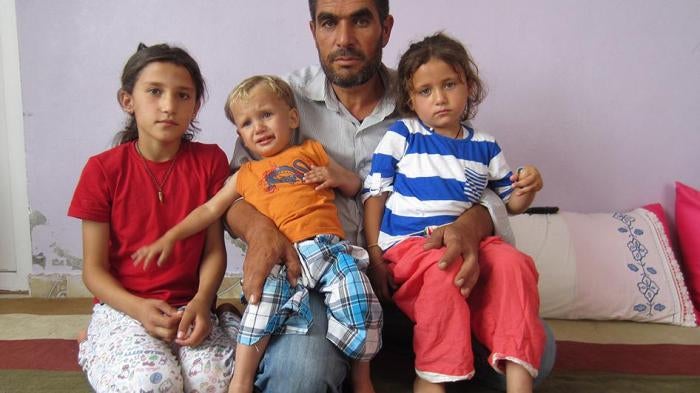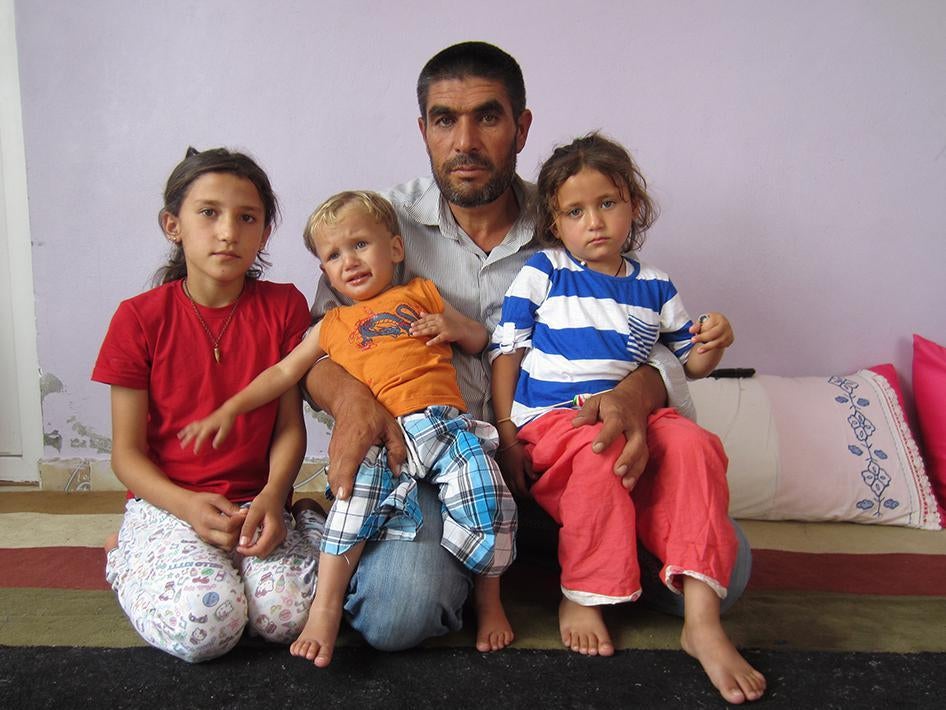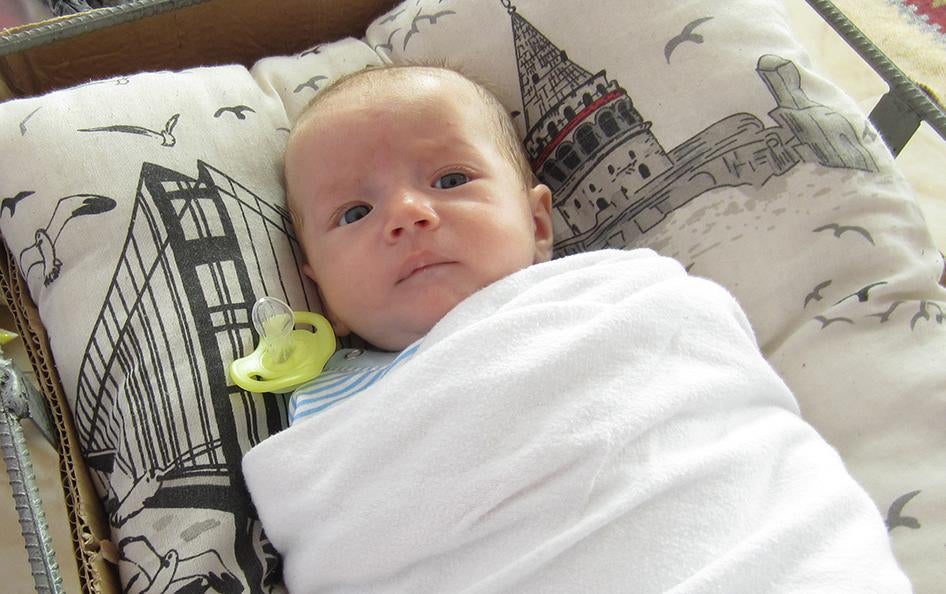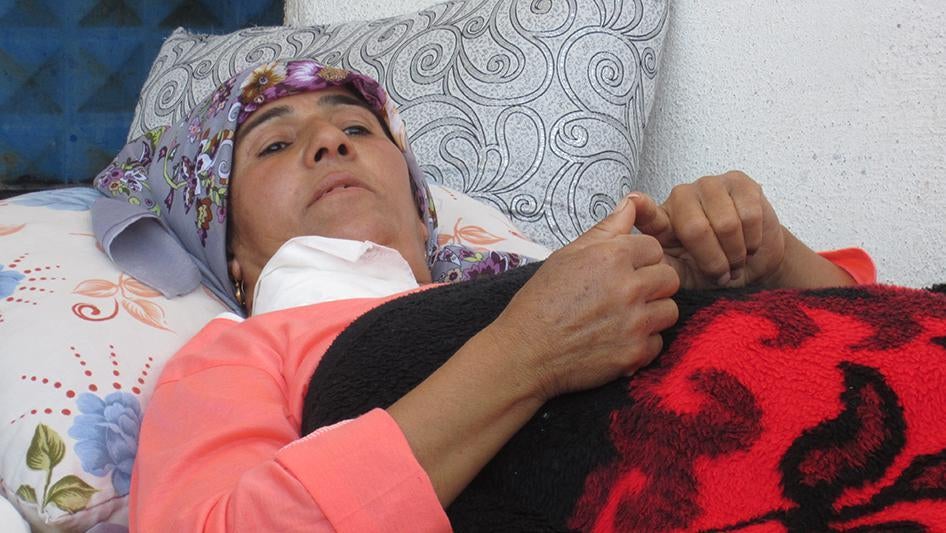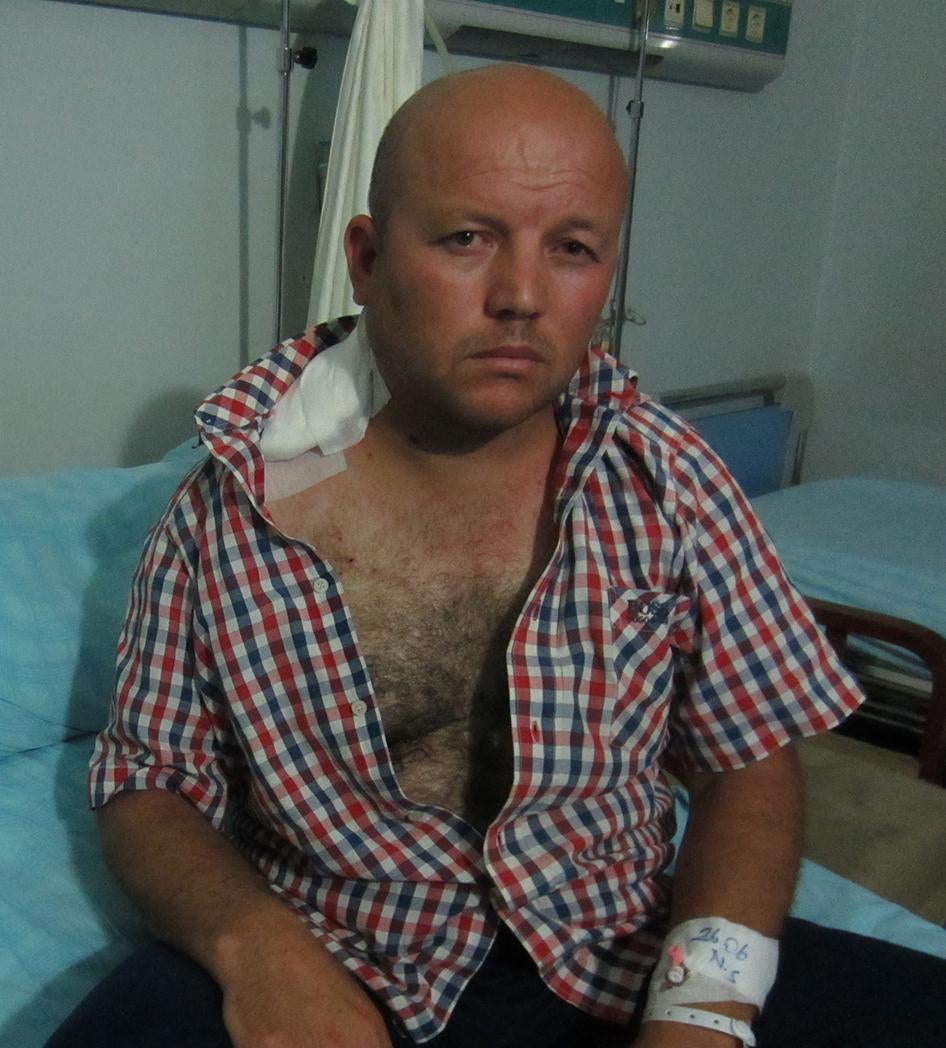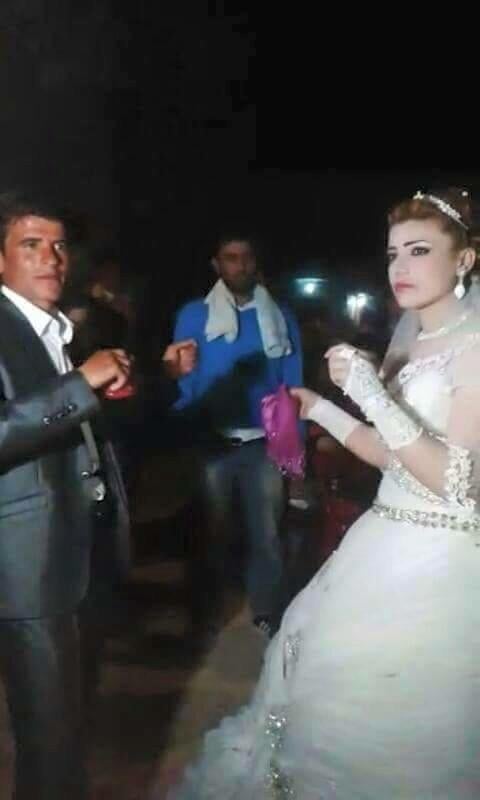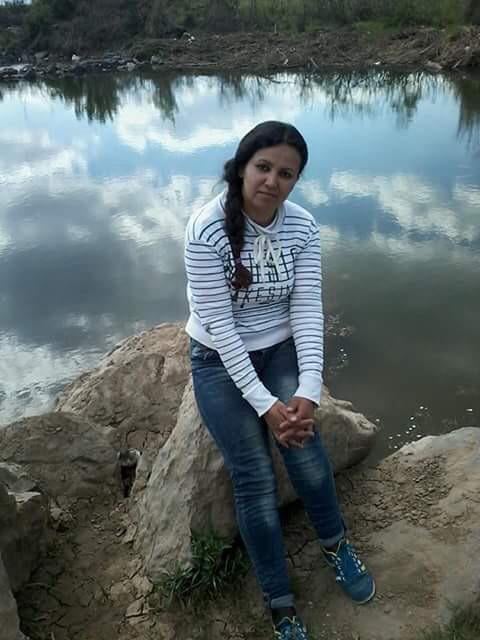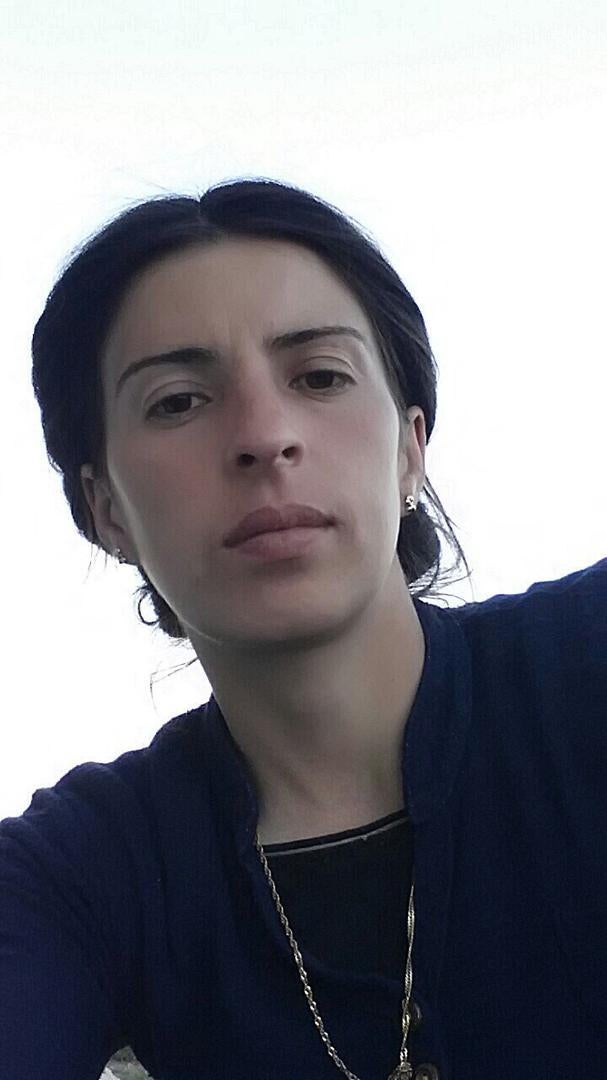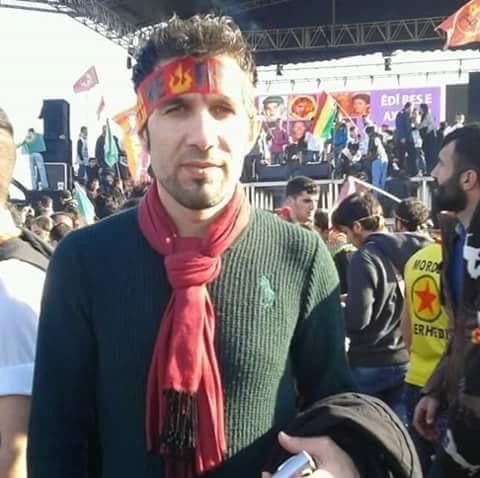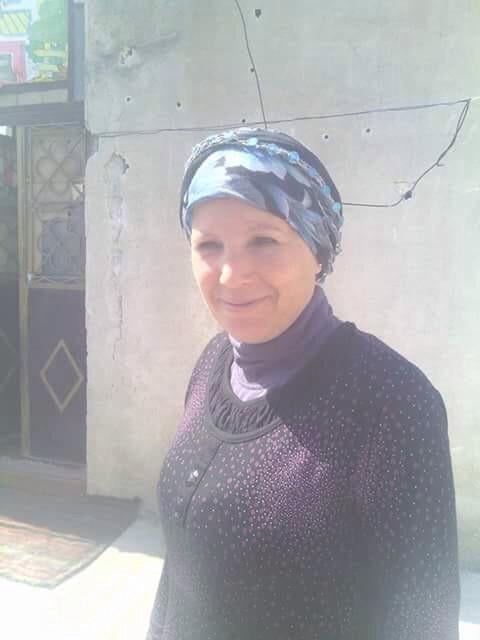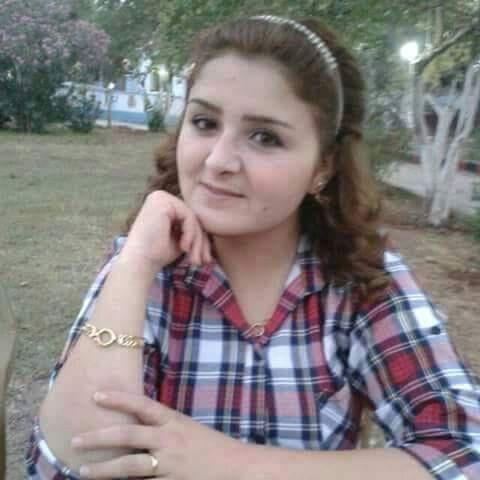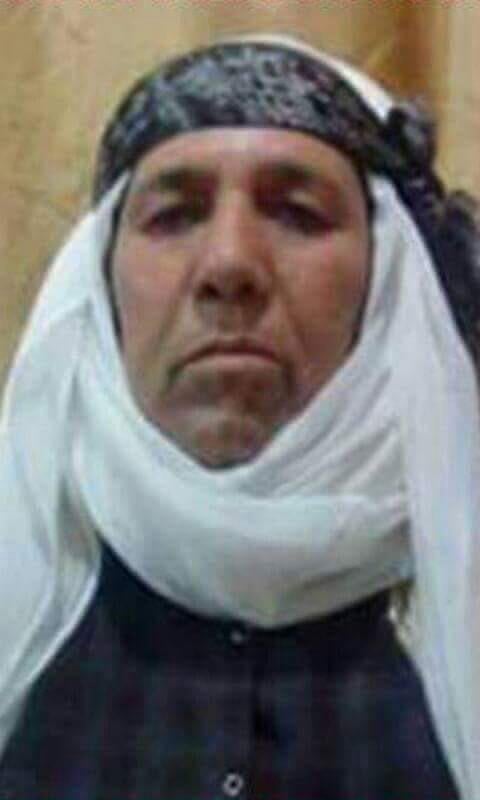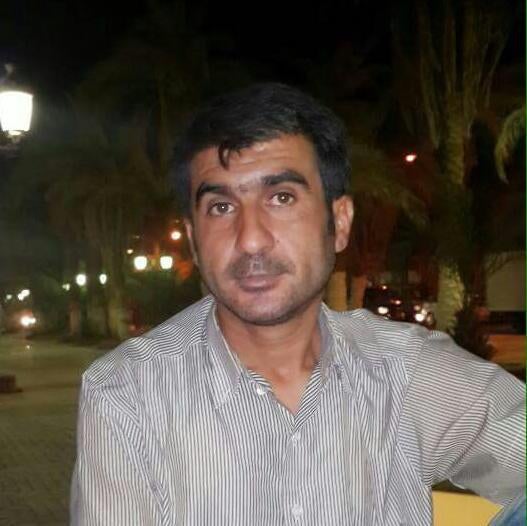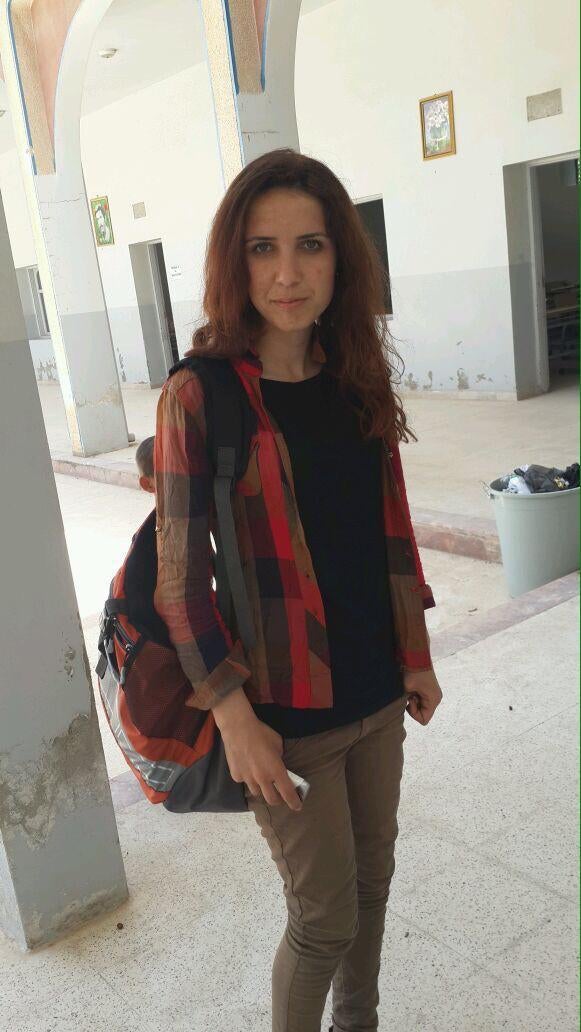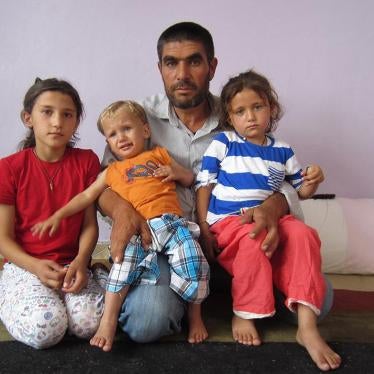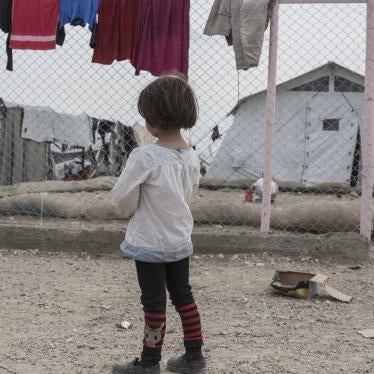(New York) – Armed militants believed to be members of Islamic State, also known as ISIS, deliberately targeted people they knew were civilians in a June 25, 2015, attack in and around the northern Syrian city of Kobani. Syrian Kurdish authorities and local human rights groups said that 233 to 262 civilians were killed and at least 273 wounded.
Fifteen witnesses, including eight of the wounded, described to Human Rights Watch the deliberate killing of civilians by attackers whom local authorities and residents identified as ISIS. The witnesses said that to dupe civilians and gain their confidence, the attackers wore uniforms resembling those of the groups that have been battling ISIS in Kobani, `Ayn al-`Arab in Arabic. The attackers killed civilians with weapons that included assault rifles, machineguns, and in some cases knives and grenades, witnesses and local authorities said.
“Survivors describe an ISIS killing rampage whose main objective was apparently to terrorize local residents,” said Letta Tayler, senior terrorism and counterterrorism researcher at Human Rights Watch. “By all accounts, this was a planned attack on the civilian population of this area.”
The attack began around 4 a.m. on June 25 when fighters set off three suicide car bombs on the perimeter of Kobani, then cruised the city in white cars or by foot, shooting civilians as they fled down streets or tried to drive to safety. Some attackers followed civilians into homes to kill large numbers of family members, the witnesses, local activists, and relatives of the dead said.
The attackers were disguised in uniforms resembling those of the People’s Protection Units (YPG), which are the forces controlling Kobani, and of the Free Syrian Army, an armed opposition group that has in recent months fought ISIS alongside the YPG.
Snipers also fired on civilians from rooftops, shot civilians trying to retrieve the dead and wounded, and took dozens of civilians hostage, the witnesses, as well as more than a dozen relatives of the dead, and six local activists told Human Rights Watch. Most civilians were killed between 4 a.m. and mid-morning on June 25, they said. Kobani’s population is predominantly Kurdish, and witnesses said most if not all those killed were Kurds.
Fighting between Kurdish forces and the alleged ISIS forces broke out soon after and continued until the Kurdish forces regained control of the city on June 27.
Authorities from the Syrian Kurdish Democratic Union Party (PYD) – the main political party in the area – as well as the YPG said 233 civilians died in the attack, including 23 from the village of Barkh Botan on the southern edge of Kobani district. Two survivors from Barkh Botan told Human Rights Watch the armed militants killed many in their village with knives and identified eight children among the dead.
The Syrian Violations Documentation Center, a monitoring group, released the names of 262 dead that it said were civilians, including 12 children and 67 women. A Syrian Kurdish group, the Rojava Human Rights Organization, released a partial list of 118 dead civilians that included 14 children and 18 elderly, including a 71-year-old man whose cause of the death was listed as a slit throat.
While Human Rights Watch cannot independently confirm the overall civilian death toll, witnesses and relatives gave it the names of 60 of those killed, and said all were civilians. Those interviewed gave credible statements that the armed militants attacked these civilians, even when no Kurdish fighters or other military objects were nearby. Their statements strongly suggest that the attackers’ primary aim was to kill civilians and spread terror among the local population.
Although ISIS surrounded the Defense Ministry offices of the Kobani administration and attacked checkpoints, it did not target the many other military installations inside the city, a spokesman for the Kurdish forces, Redur Xelil, told Human Rights Watch. A YPG statement on June 28 said 21 of its fighters in the city and surrounding countryside were killed, along with 14 members of the Kurdish police force. The statement said all of the attackers were killed except seven who escaped into Turkey, without giving a casualty figure.
The Kurdish authorities also took one ISIS militant, an Egyptian, into custody, Xelil told Human Rights Watch. Witnesses said most of the attackers were Syrian Arabs but that some spoke with foreign accents and that they thought others were Kurds, based on their fluent Kurdish. One witness said a fighter detaining her and other relatives said he was Moroccan.
“They shot at us intentionally – we were not fighters, we were just trying to get to the hospital,” said Fatima, 33, who was driving to a Kobani hospital with her husband early on the morning of the attack to recover the body of her father, who had died the previous night from an illness. Speaking from a hospital in the southern Turkish city of Şanliurfa, Fatima said ISIS killed her husband, Mustafa, 34, along with one of his friends, and shot her twice in the leg and once in the arm:
We saw two cars full of men and women in YPG uniforms. We thought they were YPG fighters so we did not think there was a problem. They aimed at us and started shooting. They killed my husband and his friend. My husband was shot in the head and his blood was all over the car.
Then real YPG forces arrived and fighting broke out. The fighters were shouting bad words at the YPG and calling them “infidels.” I could hear bullets and explosions all around me. I was trapped in the car, bleeding, from 5:30 in the morning until midday until YPG members rescued me.
Fatima had been nine months pregnant and told Human Rights Watch that doctors delivered her baby later that day while also treating her bullet wounds. Local human rights monitors said the surgery was performed in Turkey. Human Rights Watch is not using full names of witnesses to shield them from possible reprisal.
Many witnesses told Human Rights Watch that when they first heard gunshots before dawn, they assumed Kurdish forces were celebrating a wedding or a victory over ISIS in another area.
“When I heard shooting I went to the door and saw four clean-shaven guys in YPG uniforms,” said Hammoudi, 28, who was wounded in the attack. “I said to my father, ‘They are not Daesh [ISIS],’ but at that moment they shouted ‘Allahu Akbar’ [God is Great] and shot me in the leg and groin.” Hammoud said he retreated to his house and, with a makeshift tourniquet around his thigh, helped relatives bash holes in the walls of three adjacent homes to escape.
All warring parties, including non-state groups, are prohibited from conducting attacks that deliberately target civilians, that do not distinguish between civilians and combatants, or that cause civilian loss disproportionate to the expected military gain. Planning, ordering, or carrying out unlawful attacks with criminal intent is a war crime.
The independent international Commission of Inquiry on the Syrian Arab Republic should investigate and promptly report on the Kobani attack, Human Rights Watch said. The United Nations Security Council should refer the situation in Syria to the International Criminal Court so that incidents such as the June 25 massacre in Kobani, as well as violations by all other parties to the Syrian conflict, may be fully investigated and those responsible brought to justice.
In August 2014, the UN Security Council adopted resolution 2170, which imposed sanctions on ISIS and called on countries to take measures to fight recruitment and financing for ISIS.
“The deliberate attacks on civilians in Kobani are an urgent reminder that all countries should strengthen measures to weaken armed militant groups like ISIS,” Tayler said. “It is equally important for all measures they take to be lawful so they don’t perpetuate the cycles of violence.”
Witnesses Describe the Kobani Attack
ISIS previously attacked and seized parts of Kobani in October 2014. The Kurdish forces and Syrian opposition fighters, aided by US-led airstrikes, expelled ISIS in January. Much of the city was destroyed during the siege, and workers have yet to clear all ISIS-laid booby traps and unexploded ordnance from ISIS, YPG, and coalition airstrikes. Residents told Human Rights Watch that only 24,000 of the city’s 130,000 inhabitants had returned by late June. In May 2014, ISIS abducted 153 Kurdish boys from Kobani. It held and abused about 100 of them for four months.
Human Rights Watch interviewed most witnesses and relatives in Şanliurfa and the Turkish town of Suruç, which faces Kobani across the Syria-Turkey border, as well as by phone in Kobani.
Families Killed
Witnesses and activists told Human Rights Watch of three cases of armed militants dressed in YPG or Free Syrian Army uniforms going house-to-house in Kobani, throwing grenades into homes or shooting groups of family members.
Three relatives, two of whom were witnesses, said a group of ISIS gunmen killed 11 close relatives and wounded two others, both children, in and in front of three adjacent family homes near the Agriculture Bank in south-central Kobani. Two witnesses saw the shootings in two of the homes and the third, Mohammed, 42, was in a nearby home:
I heard the sound of bullets outside at about 4:30 a.m. My younger brother went outside to see what was happening; a group of armed men shot him. His wife went out to see what happened. She saw her husband lying on the ground. As she tried to lift him up they shot her as well. She had been holding her two-month-old son [but] handed her baby to my sister. Then my second brother went outside. They shot him in his leg [but] he made it back into the house. My mother went outside to get my brother and his wife but they killed her too.
The attackers followed the wounded brother into his house and killed him, Mohammed said. They then shot Mohammed’s sister, who was cowering behind the door, as she held the two-month-old baby in her arms. The infant survived. Two of Mohammed’s adult sisters were hiding in another room. “I could hear shooting, I could hear the baby crying, but I couldn’t go out,” said one sister, Berivan, 25. “I called the minister of defense [of the local Kurdish administration], whose office was nearby. He said, ‘We can’t help you, we’re surrounded, too.’”
An uncle came to help, “but they killed him as well,” Mohammed said. “Another uncle’s wife came out to see what happened. They killed her in the street. Then my cousin came in his car to rescue them. They killed him in his car. My second cousin came also and they killed him too. My uncle’s daughter-in-law was inside [the third house], they shot and killed her.”
The gunmen also shot and injured two nieces in his second uncle’s home, one 16 and the other 10 to 12 years old, before fleeing, Mohammed and the other relatives said. They said the uncle, 70, later told them the gunmen discussed whether to kill him and spared him because of his age, then killed three other relatives 55 or older.
It was the third time in three years that the family had lost relatives in Kobani in attacks attributed to ISIS. In 2013, a car bomb outside the city’s Red Crescent office killed at least 8 people including Mohammed’s 67-year-old father. In 2014, Mohammed’s sister Shireen, 19, joined the Women’s Protection Unions, the female counterpart to the YPG, and was killed in an ISIS ambush.
During a visit to one Şanliurfa hospital, Human Rights Watch saw a young woman who, friends and local human rights activists said, had seen the armed militants shoot her parents and other relatives in front of her. The militants then shot her in the face. The woman wore a bandage over her eye and was in acute emotional distress.
Women, Children, and Elderly Targeted
While the armed militants in some cases spared the youngest and oldest civilians, witnesses and human rights defenders said its gunmen nevertheless killed at least 14 civilians under 18. The Rojava Human Rights Organization listed a child as young as 3 among the dead. At least 67 of the dead civilians were women, according to the Violations Documentation Center. At least 18 of the dead were 55 or over, according to the Rojava group.
Zarga, 41, from Barkh Botan village, told Human Rights Watch that an ISIS sniper targeted her and her niece after they ran to the street after being awakened before dawn by a series of noises in quick succession: dogs barking, a girl shouting and crying, then shooting:
I was talking with my niece about the girl. We did not know what happened. Then suddenly we noticed a laser beam. We looked toward the light and saw two snipers aiming their guns at us. We began to run. My niece fell and hid behind a wall. I kept running, I was running zig-zag to try to avoid the gunmen. Then I felt a pain in my neck.
The bullet traveled from between my shoulder blades through the right side of my neck. They fired at me five times but only one bullet hit me. I fell down. I thought, “I will die before they even have time to capture me.” Then I lost consciousness.
When she regained consciousness, Zarga said, her niece had found her and they reached a car with their relatives about 250 meters away. “I was dragging myself to the car and calling for help,” she said. Braving bullets, the family members took her to a local hospital and later to Turkey. “We never learned what happened to the screaming girl,” Zarga said.
Attackers Posed as Friendly Force
Witnesses said the armed militants wore uniforms that resembled those of YPG and the Free Syrian Army. In some cases, they said, ISIS members even called out in Kurdish, “Let us in, we are YPG,” in an attempt to enter homes.
One militant in a YPG uniform shot dead Sheiko Atto, 65, when he ran out of his house to greet the gunman, a relative told Human Rights Watch.
“I hope Daesh is not here!” Atto exclaimed, according to the relative, Sheikh Nabi. The gunman shouted, “Get Back!” in Arabic, followed Atto into his house and shot him in the leg and his wife in the side, killing them both, and then shot and wounded the couple’s daughter, Sheikh Nabi said.
Shooting Rescuers
Witnesses said ISIS also shot at civilians trying to rescue wounded relatives or YPG fighters. Three witnesses said the gunmen also shot at civilians from a four-story former school building near Mishta Nur Mountain that was being refurbished as a hospital. News reports said the armed militants holed up in the building and that it was heavily damaged in fighting with Kurdish forces.
“My brother has a car; he went to help some injured people who called for help,” said one wounded resident, who asked not to be named. “On the way Daesh shot and killed him. I called my brother twice. He didn’t answer. I knew something was wrong. I went to find him but when I approached his car they shot me in the side. I lay in the street from 7 in the morning until 2 in the afternoon playing dead.”
Khalil, 40, said he was shot in the neck while driving to the hospital with a wounded Kurdish fighter he had found bleeding on the street outside his front door:
I saw groups of Daesh in YPG uniforms hiding in corners. We were just 20 meters to safety when they shot me in the neck. I saw blood splatter on the windshield in front of me. I kept driving with one hand on the steering wheel and the other on the back of my neck.
Hammoudi, the wounded 28-year-old, and an uncle said one of their relatives was shot and wounded by the armed militants while rescuing his brother, a teenage boy, whom the gunmen had also shot. Hammoudi said the shooting took place near the city’s Agriculture Bank, one of the bloodiest scenes of the attack.
“My 15-year-old cousin, when he heard the shooting in the early morning, he went to the doorway,” Hammoudi said. “Daesh shot him in front of the bank and killed him. When my other cousin ran out to pull his brother’s body back, Daesh shot him and wounded him in the arm.”
Ibrahim, a 58-year-old baker, said a sniper firing from the former school building shot him in the wrist and chest in the early morning as he rushed to his bakery after receiving a call that a worker was wounded:
When I got to the bakery I heard a lot of shooting. When I got out of my car a sniper shot me in my left hand. I saw the ISIS fighters up high on the roof of the [former school] building. My hand was dangling from my wrist. I grabbed my dangling hand and ran inside the bakery. We were about 30 people inside. Some workers made holes in the bakery. We escaped to [nearby] Al-Amal hospital, crawling along the wall.
Sheihk Nabi said the attackers who shot his relative Sheiko Atto and Atto’s wife in their home then shot the cellphone out of the hand of the couple’s daughter, Dilishan, 23, as she called him for help. The gunmen then shot the daughter in the torso, injuring her spleen, one lung, and one kidney, he said. Sheikh, who is Dilishan’s brother-in-law, said he received the woman’s frantic cellphone call around 4:45 a.m.
“She was crying and saying, ‘They shot my father, they shot my mother.’ Then the line dropped,’” he said. Bleeding heavily, Dilishan took her father’s cellphone and dragged herself to the Syria-Turkish border, about 150 meters from her home in the northeastern sector of Kobani, with Sheikh on the phone line, Sheikh said. Meters from border she became too weak to proceed or to talk, but a passerby from Kobani took the phone, found Sheikh on the other end of the line, and the two men helped alert Turkish border authorities to get her into Turkey, Sheikh said.
Killing Civilians as They Fled
The militants pursued panicked civilians as they fled by foot and in cars, firing at them with assault rifles, machine guns, and even rocket-propelled grenades, witnesses told Human Rights Watch. Lezgin, 24, said he was among about 60 civilians who ran onto the street around 5:15 a.m. when he was awakened by a loud explosion at the Murshid [Murşitpınar] Gate, near his home in northeastern Kobani, that he later learned was a car bomb. When he realized the group of armed men facing him were not YPG, he warned the crowd to run:
I shouted, “People, escape! They are going to kill us! My friend Hamoudi was running behind me. He was 13. He was screaming, “They burned me!” When I looked back at him I saw he had a big hole in his stomach.
When Lezgin reached the street in front of his house, which was 30 meters long, he saw nine corpses on the ground. “They included my cousin, my brother-in-law, and my neighbors,” he said.
Outside the Haj Rashad mosque, next to his house, Lezgin said he and two relatives saw a dead man lying face down whom he recognized as an Armenian. “We carried him off the road,” he said, then pointed to a dark stain covering the left thigh of his trousers. “This is his blood.”
Lezgin spoke to Human Rights Watch two days after the attack, outside a hospital in Şanliurfa where his sister Aya, 8, was receiving intensive care for shrapnel in her head. His said his brother Jangin, 14, was shot in the leg and recovering in a hospital 60 kilometers west, in Suruç.
Detaining Civilians
Witnesses and local human rights groups provided detailed accounts of the attackers detaining civilians in at least four buildings in and near Kobani.
Two witnesses described being held by the armed militants in homes in Maqtala on the southeast edge of Kobani, as Kurdish forces began their counterattacks on June 25. One wounded man who spoke to Human Rights Watch from his hospital bed said he was one of 55 detainees – most of them women – held in two homes in the Maqtala for two hours until Kurdish forces attacked armed militant guards outside, creating an opening for them to flee.
Another Kobani resident, Rihab, 23, said two gunmen held her, her father, three nieces and nephews, and two friends at a house in Maqtala for about a half-hour. The gunmen detained them after firing on the car in which she and relatives were fleeing, shooting her sister-in-law and a family friend, and killing her brother in a separate car, she said. Rihab said one of her captors used the relatives as shields by making the entire group of civilians walk with him past a Kurdish fighter and into a house in Maqtala where an ISIS emir was holed up. She said the Kurdish fighter had his gun trained on the group.
“We were frozen. We didn’t know what would happen,” Ribad said. “We had two relatives already dead, there was shooting everywhere, we were terrified.” Kurdish forces rescued the detainees, she said, adding that she thought the fighters had killed the ISIS captors.
The Rojava Human Rights Organization said the armed militants held 30 to 40 people inside the former school building near Mishta Nur Mountain.
A Kobani-based activist, Walat, told Human Rights Watch that ISIS held 80 people, including several children, in a store on Express Street in the city center. He said one hostage told him that ISIS jumped over the wall of his house to capture him, his wife, and their four children and took them to the center, where six gunmen guarded the group. Five of the gunmen fled when clashes began nearby, leaving one ISIS guard at the doorway. He later also fled after the hostages shut the door on him. YPG forces freed the detainees 12 hours later, the activist said some of the detainees told him.
The laws of war prohibit belligerents from using civilians to keep military forces or areas immune from attack.
